Being a young carer is difficult even in ‘normal’ times. Young people who care for a sick or disabled relative, usually a parent, can find it hard to keep up with schoolwork, and on average can miss out on 48 days of school due to their caring responsibilities (YoungMinds, 2020). Young carers may also lose out on some of the other key experiences that other people their age take for granted, including opportunities for physical activity. When somebody else is dependent on you for their everyday needs, just getting out of the house can be difficult, let alone finding time for regular exercise or organised activities with your friends.
Due to lack of respite care due to lockdown it was no longer possible to venture out to engage in exercise or physical activity, or for a social meeting with friends, and such the benefits these pursuits provide were progressively lost.But March 13th brought about a significant change; Covid-19 lockdown was introduced, and this 12-week period of safety ended those times for respite. Isolation for many increased, enforcing another dramatic change in the life of a carer. Due to lack of respite care due to lockdown it was no longer possible to venture out to engage in exercise or physical activity, or for a social meeting with friends, and such the benefits these pursuits provide were progressively lost. Isolation, along with the feelings of being without support have an effect on your health and ability to provide the care for your dependent.
Particular issues for young carers during the pandemic/lockdown, are even the normal relief from the carer role routinely provided by school, or other activities outside the home, have been curtailed. We do not yet know the extent of the impact of school closures on young carers, but it could be argued that there has been the removal of their only opportunity of being a part of social network and, possibly more importantly, their education. Having to continue education from home may pose additional pressures for the young carers. It is also possible that their caring responsibilities for their parent s) means they have very limited/no parental who would normally help them with ‘home schooling’ is the one they are caring for.
For the young carer, participation in PE and school-based sport might be their only opportunity for regular structured physical exercise during a normal week. This might mean being part of a school team, or an after-school club, where representing the school can boost self-esteem and build confidence. Crucially, not only are there physical benefits for this participation, but the psychological and social advantages are significant at a key time period for establishing a sense of personal identity. In addition, the young carer might walk or cycle to school providing not only transport but fresh air, physical activity and time to spend with friends, or enjoying some quiet time. Break times and lunch times might involve meeting friends and having a kick around with a football. With lockdown, these opportunities have been removed.
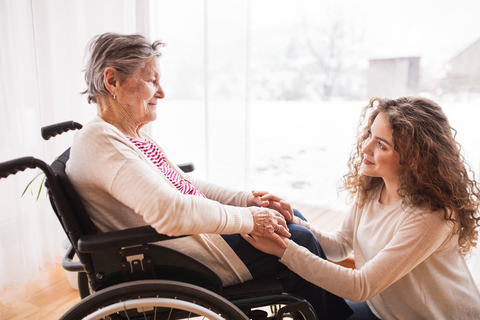 Unable to attend school, see friends, and participate in activities with other young people outside of the home during lockdown, could make the whole situation nearly impossible to cope with for young carers. Additional concerns are around the impact of lack of exercise on the physical, as mental and emotional health of those young carers’ who are transitioning into/experiencing , adolescence The changes (biological, psychological and social) that occur with the transition into adolescence are associated with increases in physical and emotional distress and a decrease in wellbeing. This is of particular concern when we know that 50% of all mental health problems have been established by the age of 14 (The Mental Health Taskforce, 2016).
Unable to attend school, see friends, and participate in activities with other young people outside of the home during lockdown, could make the whole situation nearly impossible to cope with for young carers. Additional concerns are around the impact of lack of exercise on the physical, as mental and emotional health of those young carers’ who are transitioning into/experiencing , adolescence The changes (biological, psychological and social) that occur with the transition into adolescence are associated with increases in physical and emotional distress and a decrease in wellbeing. This is of particular concern when we know that 50% of all mental health problems have been established by the age of 14 (The Mental Health Taskforce, 2016).
Happiness in adolescence has been found to be associated with lower BMI and regular physical activity. In adolescents, research has shown aerobic fitness and physical exercise, regardless of weight status, to be positively associated with academic performance. Additionally, lack of exercise can result in children / adolescents becoming overweight, which may be linked to sleep difficulties, psychological health risks, cardiovascular risks, Type 2 diabetes, respiratory complications and metabolic disorders.
In adolescents, research has shown aerobic fitness and physical exercise, regardless of weight status, to be positively associated with academic performance.Prior to the pandemic the cost of physical inactivity on the NHS is £1billion per annum, with this value rising significantly to £7.4billion when we account for wider society, i.e. the hours of productivity lost to illness and injury. Currently only 60% of adults meet the recommended guidelines for physical activity, and perhaps more concerningly is that only 18% of children meet their target levels. Further, we know that a physically active child is far more likely to become a physically active adult.
The increased lack of opportunity for young carers to exercise due to COVID-19 may increase, in the not so distant future, in the costs described above. By understanding more about what young carers are going through during the COVID-19 pandemic from our study on self-isolation, caring and lack of physical activity, we aim to be able to offer appropriate interventions, through which their physical and mental and emotional health and wellbeing could be best supported.
Authors: Jitka Vseteckova, Nichola Kentzer, Jo Horne, Martin Penson, Martin Robb, Mary Larkin, Alex Berry, Melinda Spencer, Abigail Methley, Phil Taverner
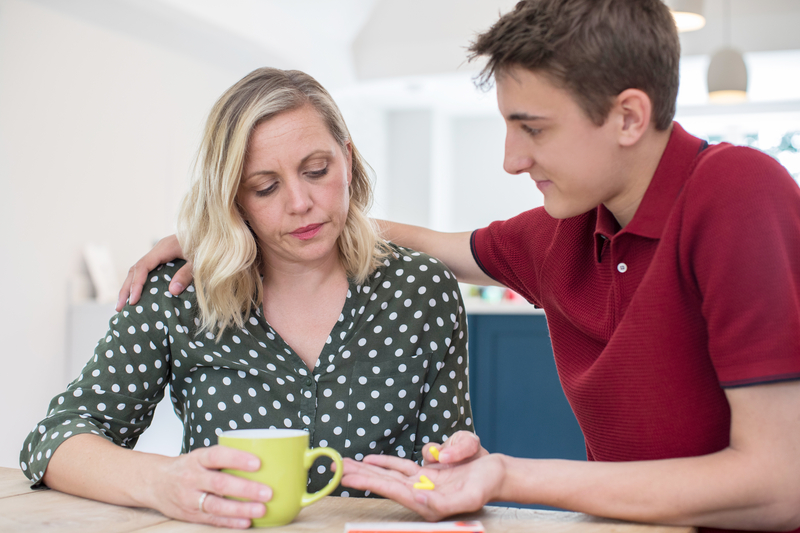
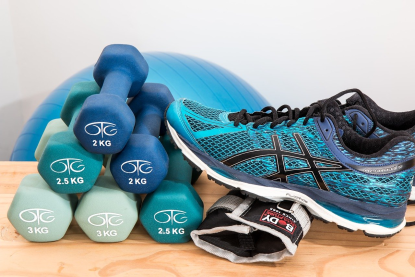
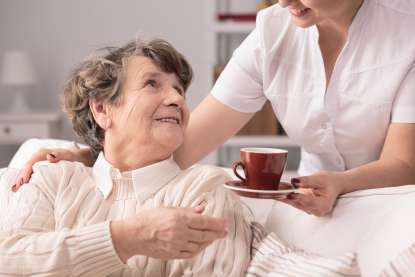
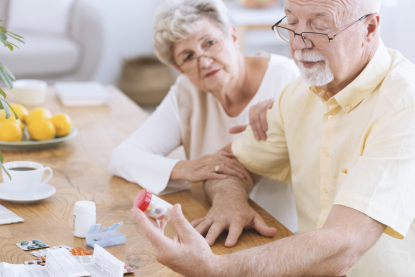
Rate and Review
Rate this article
Review this article
Log into OpenLearn to leave reviews and join in the conversation.
Article reviews